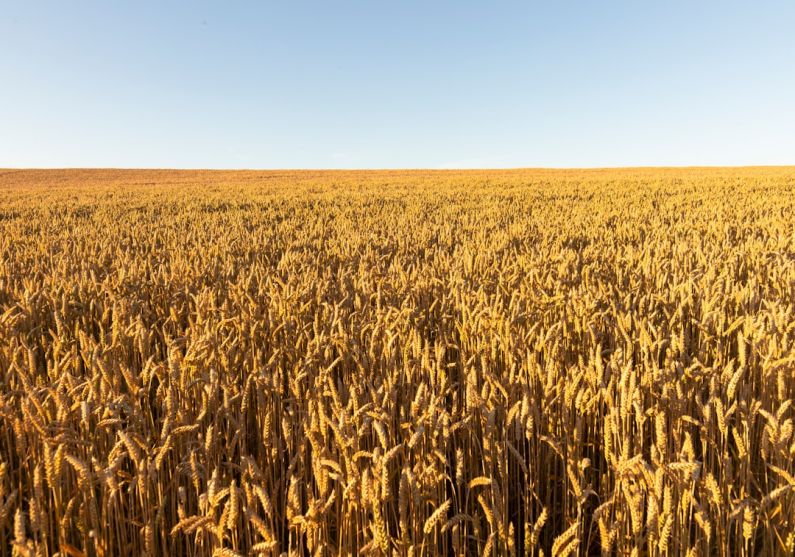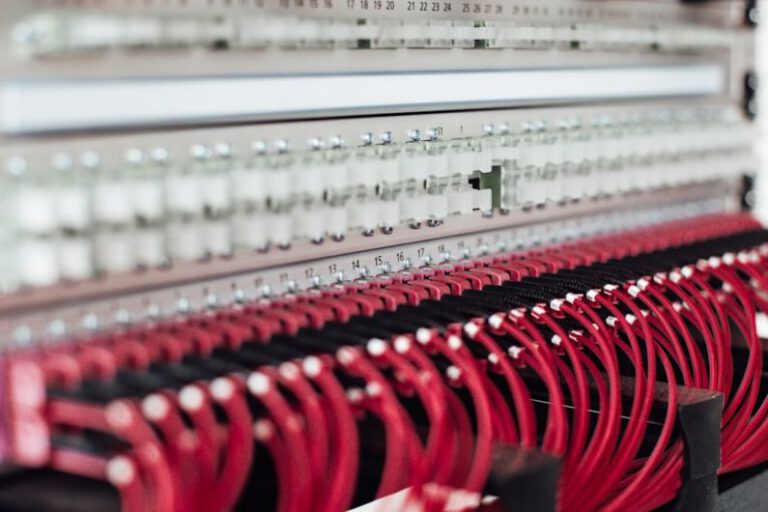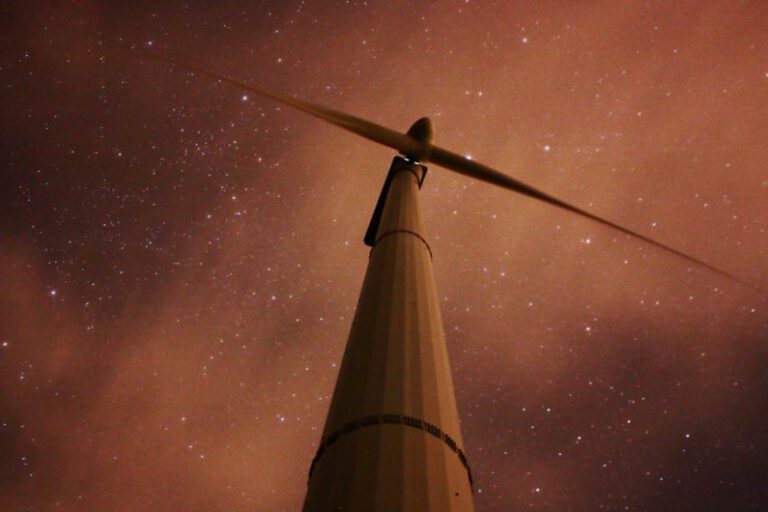Space Agriculture: Farming the Final Frontier
The notion of space agriculture may sound like something straight out of a science fiction novel, but in reality, it is a burgeoning field with the potential to revolutionize the way we think about food production. As we look towards the future and the possibility of long-duration space missions and human settlements on other planets, the ability to grow food in space will be crucial for sustaining life beyond Earth. In this article, we will explore the exciting world of space agriculture and how it is shaping up to be the next frontier in farming.
Challenges of Farming in Space
Farming in space comes with a unique set of challenges that are unlike anything we encounter here on Earth. The lack of gravity, extreme temperatures, and limited space are just a few of the obstacles that astronauts and scientists must overcome in order to successfully grow crops in space. Additionally, the absence of a natural atmosphere and sunlight means that alternative methods for providing plants with the necessary nutrients and light must be developed.
Hydroponics: Growing Plants Without Soil
One of the most promising techniques for space agriculture is hydroponics, a method of growing plants without soil. In hydroponic systems, plants are grown in nutrient-rich water solutions, allowing them to access essential minerals and vitamins directly. This method is particularly well-suited for space agriculture as it eliminates the need for soil, which is heavy and can be difficult to transport into space. Hydroponics also requires less water than traditional farming methods, making it a more sustainable option for long-duration space missions.
LED Lighting: Mimicking Sunlight in Space
In the absence of natural sunlight, artificial lighting is essential for growing plants in space. Light-emitting diodes (LEDs) have emerged as the preferred choice for space agriculture due to their energy efficiency and customizable light spectrum. LEDs can be tailored to provide plants with the specific wavelengths of light they need for photosynthesis, helping to optimize growth and yield. By mimicking the sun’s natural light cycle, LEDs enable plants to thrive in the controlled environment of a spacecraft or space station.
Closed-Loop Systems: Recycling Resources in Space
Space is a resource-limited environment, which means that every element used in space agriculture must be carefully managed and conserved. Closed-loop systems, which recycle water, nutrients, and waste products, are essential for sustainable farming in space. By reusing resources within the system, astronauts can minimize waste and reduce the need for frequent resupply missions from Earth. Closed-loop systems not only promote self-sufficiency in space but also pave the way for long-term space exploration and colonization.
Benefits of Space Agriculture
The potential benefits of space agriculture extend far beyond sustaining astronauts on long-duration space missions. Research conducted in space can also have significant implications for agriculture here on Earth. Studying how plants grow in microgravity can provide valuable insights into plant biology and help scientists develop more efficient and resilient crops. Additionally, space agriculture offers a unique opportunity to test new technologies and techniques that could improve food production and sustainability on our home planet.
Future Prospects and Challenges
While space agriculture holds great promise for the future of space exploration, there are still many challenges that must be overcome before it becomes a widespread reality. Developing lightweight and compact farming systems, ensuring reliable access to essential resources, and conducting long-term experiments in space are just a few of the hurdles that researchers face. However, with continued innovation and collaboration, space agriculture has the potential to transform the way we grow food both in space and on Earth.
In conclusion,
Space agriculture represents a bold new frontier in farming that has the potential to revolutionize food production and sustainability in space and on Earth. By harnessing the power of hydroponics, LED lighting, and closed-loop systems, scientists and astronauts are paving the way for a future where fresh, nutritious food is grown far beyond the confines of our home planet. As we look towards the stars, space agriculture offers a glimpse into a future where the final frontier is not just about exploration but also about cultivation and growth.






